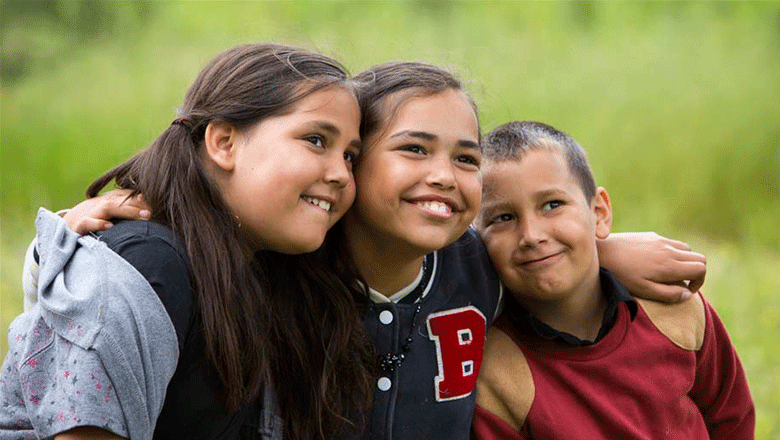Search
Learn how new technology is fast-tracking diagnoses for kids with rare diseases.
Jimmy’s battle with RSV reminds us that research can change young lives.

News & Events
New project offers hope for reductions in Indigenous suicideThe National Aboriginal and Torres Strait Islander Leadership in Mental Health welcomes funding by the Australian Government
Research
Finding the optimal regimen for Mycobacteroides abscessus treatment (FORMaT) in people with Mycobacteroides abscessus pulmonary diseaseMycobacteroides abscessus (MABS) is within the non-tuberculous mycobacteria family. It inhabits soil and water, exhibits multi-antibiotic resistance and causes opportunistic lung infections, which may progress to symptomatic MABS-pulmonary disease (MABS-PD) associated with substantial morbidity, increased healthcare utilisation, impaired quality of life and increased mortality.
Research
Can Respiratory Hospital Admissions in Children with Cerebral Palsy Be Reduced? A Feasibility Randomized Controlled Trial (RESP-ACT)To investigate the feasibility of implementing recommendations of the consensus statement for the Prevention and Management of Respiratory Disease in children with severe cerebral palsy (CP) via RESPiratory hospital Admissions in children with cerebral palsy: a feasibility randomized Controlled Trial (RESP-ACT).
Research
The impact of obesity on influenza Vaccine immunogenicity - A systematic reviewInfluenza vaccines are important for reducing the burden of influenza, particularly for populations at risk of more severe infections. Obesity is associated with increased influenza severity and therefore individuals with obesity are often specifically recommended for annual influenza vaccination. Obesity is also associated with an altered inflammatory profile, which may influence vaccine responses. This systematic review aimed to evaluate the evidence for any association between obesity and influenza vaccine immunogenicity.
Research
Assessing Clinical Deterioration in Children With Dark-Coloured Skin: A Scoping ReviewBackground: Signs of clinical deterioration may appear differently in children with dark-coloured skin. How to assess children in this cohort is currently poorly defined. Aim: To explore available information on the assessment of clinical deterioration in children with dark-coloured skin and identify research deficits.
Research
Evaluating the Introduction of Humidified High-Flow Nasal Cannula Therapy Into an Australian Aeromedical Service Within a Paediatric Population: A Retrospective Cohort StudyHumidified high flow (HHF) oxygen is increasingly used to treat acute respiratory illnesses in children; however, use during aeromedical transfer is not well described. This was a retrospective cohort study. Children who were transferred from rural locations and were initiated on HHF prior to transfer between 1 January 2015 and 31 December 2018 were identified from the Royal Flying Doctors Service database. Clinical variables prior to transfer, during flight and after transfer were collected from medical records and flight records.
Research
Realising the potential impact of artificial intelligence for rare diseases – A frameworkRare diseases (RD) are conditions affecting fewer than 1 in 2000 persons, with over 7000 largely genetic RDs affecting 3.5 %-5.9 % of the global population, or approximately 262.9–446.2 million people. The substantial healthcare burden and costs, such as the $1 trillion annual expense in the USA, highlight the urgent need for improved RD management. The International Rare Diseases Research Consortium (IRDiRC) addresses this need through global collaboration, aiming for timely and accurate diagnosis, development of 1000 new therapies, and methodologies to measure impact by 2027.
Research
Amplitude-integrated electroencephalography compared with conventional video-electroencephalography for detection of neonatal seizuresBackground: Conventional video-electroencephalography (cEEG) is the reference standard for diagnosing and managing neonatal seizures. However, continuous bedside cEEG services are not available in most neonatal units. Hence, an alternative and relatively simple method called amplitude-integrated EEG (aEEG), which uses a limited number of scalp electrodes, has become popular. aEEG allows continuous bedside monitoring of the electrical activity of the brain in neonates.
